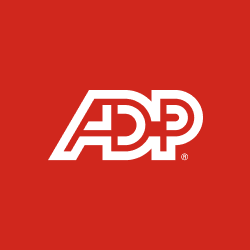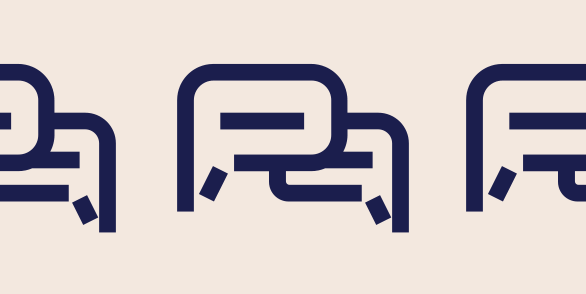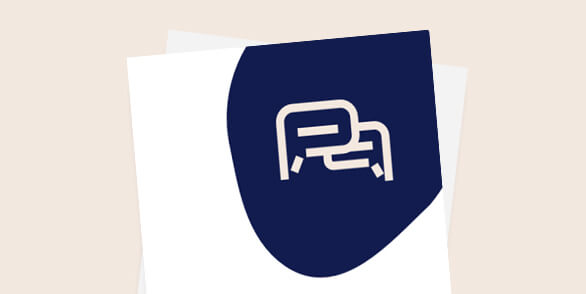Looking for information on SECURE 2.0 Act of 2022? Learn More
SECURE Act makes retirement plans affordable for small businesses
Large corporations with comprehensive benefits packages have long had a recruiting advantage over small businesses, but recent legislation hopes to level the playing field. The Setting Every Community Up for Retirement (SECURE) Act makes employer-sponsored retirement plans cheaper, easier to manage and more accessible. As a result, smaller organizations will be able to attract top talent with lucrative incentives and more Americans will be able to save for the future.
If you’re looking to take advantage of the opportunities made available by the SECURE Act and need help finding a 401(k) that’s right for your business, check out ADP’s retirement services.
Required provisions of the SECURE Act retirement bill
Plan eligibility for long-term, part-time workers
Long-term, part-time workers who complete either 1,000 hours of service within one year or 500 hours in each of three consecutive years may make salary deferrals into their employer’s 401(k) plans (provided they are age 21 by the end of the last such consecutive year). However, employers are not required to match contributions, nor provide nonelective contributions for employees who are eligible under the 500-hour rule.
(Effective date: Plan years beginning after December 31, 2020)
Lifetime income disclosure
Employers must provide plan participants with an estimate of the annuity income that their account could produce. The Department of Labor will provide detailed guidance and model disclosures, which will become part of participants’ annual benefit statements.
(Effective date: 12 months after DOL guidance is issued)
Required minimum distribution (RMD) age increased
The age for beginning required minimum distributions (RMDs) increased from 70½ to 72, enabling certain workers and retirees to delay payouts from a retirement plan. This provision does not apply to participants already receiving RMDs.
(Effective date: Participants who turn 70½ after December 31, 2019)
Post-death RMDs
Post-death distribution of assets must be exhausted within 10 years for designated beneficiaries and five years for non-designated beneficiaries, such as an estate. Exceptions to the 10-year rule include distributions to:
- Surviving spouse
- Minor child (10-year rule applies on the date minor reaches majority)
- Disabled person
- Chronically ill person
- Any person younger than the employee/plan owner by 10 years or less
(Effective date: Participants who die after December 31, 2019; December 31, 2021 for those with governmental plans and certain union contracts)
Loans using credit cards
Tax-free plan loans cannot be made using credit cards or similar arrangements.
(Effective date: Loans made after date of enactment)
Increased filing penalties for Form 5500
The penalty for not filing Form 5500 increased from $25 to $250 for each day the failure continues and the maximum penalty that may be imposed increased from $15,000 to $150,000.
(Effective date: For returns and filings due or required to be provided after December 31, 2019)
Optional provisions of the SECURE Act retirement bill
Fiduciary safe harbor for selecting lifetime income provider
If a plan participant choose a lifetime income investment option and the insurer is unable to satisfy its financial obligations under the terms of the contract, the employer is not liable for the losses.
(Effective date: Day of plan enactment)
Portability of lifetime income options
If the lifetime annuity investment option is eliminated under a plan, participants can direct a trustee to trustee transfer of the contract to another retirement plan or IRA or receive a distribution of the annuity contract.
(Effective date: Plan years beginning after 2019)
Penalty-free birth or adoption withdrawals
Participants can take penalty-free withdrawals of as much as $5,000 from a qualified retirement plan to cover child birth and adoption expenses for up to one year after the child’s birth or adoption.
(Effective date: Distributions made after December 31, 2019)
Safe harbor plans – nonelective contributions
Employers with a 401(k) plan can adopt a 3% nonelective safe harbor at any time until 30 days before the close of the plan year. They may also amend a 401(k) into a nonelective safe harbor as long as it’s done by the end of the following plan year and the nonelective contribution is at least 4%. The safe harbor notice is no longer required in such circumstances.
(Effective date: Plan years after 2019)
Qualified automatic contribution arrangement (QACA) deferral increase rate
Automatic salary contributions during the first year of an employee’s plan participation can be set at a maximum of 10% of his or her compensation, but the rate can be increased to 15% for subsequent years.
(Effective date: Plan years after 2019)
Consolidated Form 5500 reporting
Certain defined contribution plans can be filed via a consolidated Form 5500.
(Effective date: Plan years after 2021)
Termination of 403(b) plans
If an employer terminates a 403(b) plan with amounts held in custodial accounts, the funds can be distributed in kind to a participant or beneficiary. The plan will be maintained on a tax-deferred basis as a 403(b) custodial account until paid out.
(Effective date: Retroactively effective for plan years beginning after December 31, 2008)
Small business retirement plan tax credits
The potential tax credit to an employer for the first three years after starting a 401(k) is 50% of the plan administration cost up to the greater of $500 or $250 times the number of non-highly compensated employees (NHCEs) who are eligible to participate (up to $5,000).
(Effective date: For plan years beginning after 2019)
Automatic enrollment tax credits
Small employers who adopt automatic enrollment provisions that meet special notice and uniformity requirements can receive an additional $500 tax credit for three years.
(Effective date: Plans adopted for taxable years beginning after December 31, 2019)
Multiple employer plans (MEP)
Unrelated employers can participate in a new type of MEP called a “pooled employer plan” or an open MEP. It will be treated as a single plan under the Employee Retirement Income Security Act (ERISA) and must be sponsored by a pooled plan provider (PPP), who will also serve as the plan’s administrator and fiduciary. The “one bad apple” rule was also eliminated so that one employer’s qualification issue does not disqualify the entire MEP.
(Effective date: Plan years beginning after 2020)
What’s next with the SECURE Act?
Although the SECURE Act targets small businesses specifically, it will have sweeping effects on employers, employees and the retirement industry as a whole. This is an opportune time for business owners and individuals alike to review their plan options and ensure they’re making the most of the benefits available to them.
ADP, LLC and its affiliates do not offer investment, tax or legal advice to individuals. Nothing contained in this communication is intended to be, nor should be construed as, particularized advice or a recommendation or suggestion that you take or not take a particular action. Questions about how laws, regulations, guidance, your plan’s provisions or services available to participants may apply to you should be directed to your plan administrator or legal, tax or financial advisor. Only registered representatives of ADP Broker Dealer, Inc. (ADP BD), Member FINRA, or, in the case of certain products, a broker-dealer firm that has executed a marketing agreement with ADP, LLC, may offer and sell ADP retirement products or speak to retirement plan features and/or investment options available in such ADP retirement products.




